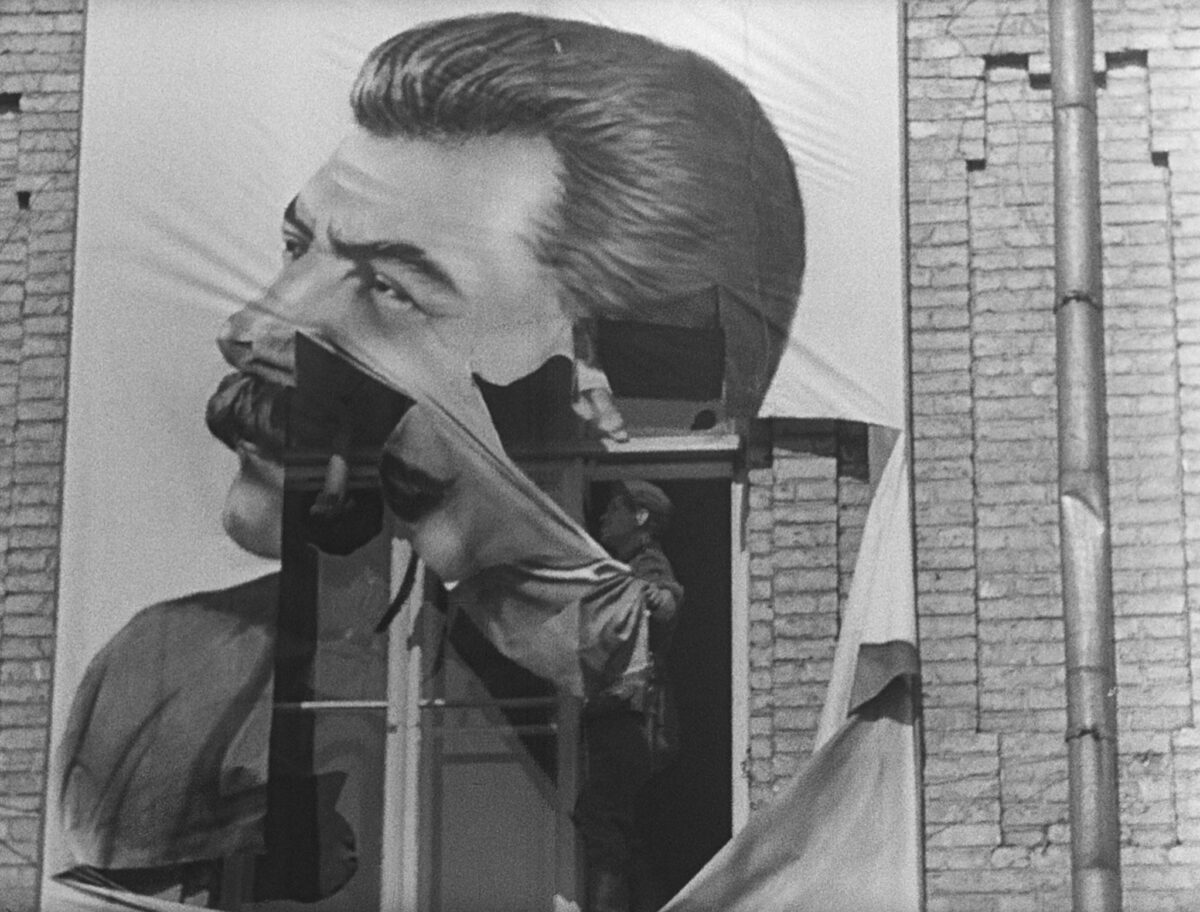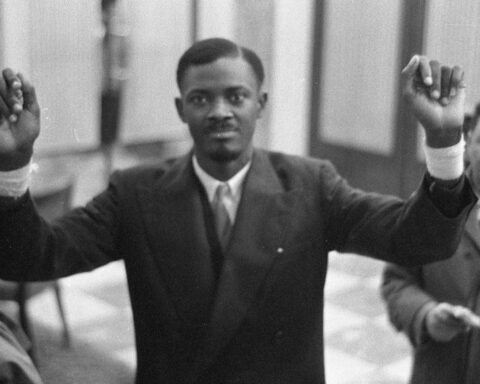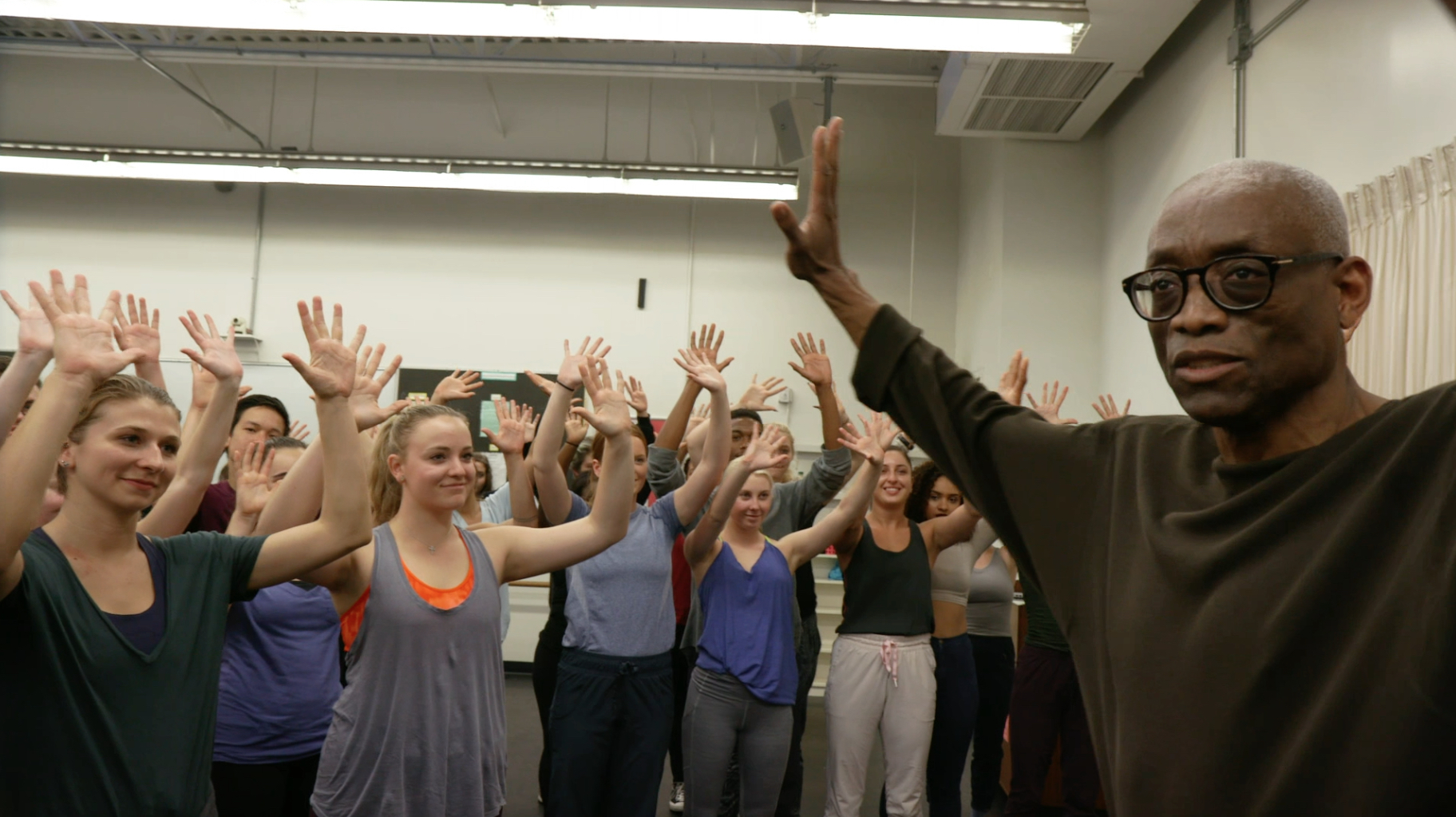In September 1941, on the banks of the Babi Yar ravine, some 34,000 Jewish men, women, and children were rounded up, shot, and buried in the loose sand. It was the beginning of the so-called final solution, the first time Hitler and his troops would carry out what would result in the deaths of millions upon millions of Jews and other “undesirables.” The event stands as a morbid talisman to the industrialized cruelty of the Third Reich, and with rising hatred and bloodshed, this historic wound continues to fester to this day.
Celebrated and provocative director Sergei Loznitsa returns to Cannes after his 2018 award winning film Donbass, which used documentary-like form to tell the story of crafting fake news in the beleaguered area of southeastern Ukraine. His latest, Babi Yar: Context, does as its title implies and provides a unique luxury in these kind of historical films. It delves directly into the events both before and after the massacre, allowing viewers to focus on the specific instead of asking them to absorb the entirety of a subject as nebulous as the Second World War.
With astonishing archival work, the film brings immaculately restored clips to life through contemporary Foley and audio effects artists, with explosions and reconstructed dialogue, which makes present what otherwise feels of a long lost age. We begin with some exceptional shots of the initial bombardment of the towns that lead to the German invasion, with the unknown cameraperson capturing the black, swirling smoke of a burning industrial complex. It’s a fierce omen of what’s to come, and one can’t help but marvel about how paradoxically beautiful the image is given what is being portrayed.
The film then spends considerable time showcasing the absolute glee exhibited by the Ukrainian locals at the arrival of their Nazi “liberators.” Flowers are festooned to tank drivers and posters of the Führer joyfully positioned in the city square, while the austere yet astonishingly effective aesthetic of swastika banners quickly adorn the walls of the tallest buildings.
This lays bare the deeply unsettling truths about Ukraine’s complicated relationship with both the Soviet and German occupiers, and the documentary unmasks directly those that retroactively attempted to downplay the acquiescence to the move towards mass murder. There’s true joy exhibited when the yoke of Soviet control is lifted, and equal catharsis displayed when their friends and neighbours of a different religion are blamed for Russian cooperation and literally beaten in the streets.
From here, we are witness to the few surviving moments of the barbarity, including some colour footage that has survived to tell the tale. Many larger massacres would occur and, in the scope of death that the region would endure, both civilian and military over the next decade would be a mere blip. Yet in many ways it’s here where the seeds of barbarism were allowed to grow unchecked, finding in the same fertile soil that was meant to feed the Reich for a thousand years the perfect place to grow its mission of hatred to full bloom.
The film also takes its time to show the eventual return of the Russians, with a notably more muted celebration from a few dozen men who look like hostages, their rictus grins belied by eyes that look cold and distant. By that time, of course, much had been lost, but the impulse for revenge had not abated. Testimony footage is shown, including from those few dozen who managed to survive the killing field by falling into the death pit only to escape under darkness. It’s another tale we’ve heard subsequently from mass murders all over the world, but it’s no less harrowing here.
Babi Yar is an extremely well assembled narrative that brings much needed context to this crime from the past. Its running time is earned by its deliberate insistence in providing the bookend sections that so often are overlooked in favour of telling the biggest beats of the war narrative. Thanks to this morbid luxury of being able to focus on one space and period, one truly gets the sense of what took place, what forces were being shaped and unleashed, and how such long-standing antipathy could be brought to a black, smoky rage like the sickly inferno that fills the sky in the film’s first images.
Loznitsa and his crew are to be commended for crafting a film that’s not only historical resonant but in many ways aesthetically moving. A remarkable achievement in non-fiction storytelling, Babi Yar: Context may feel like one story among many from this period, yet thanks to its technical acuity and determination to provide a more thorough look, it revitalizes a way forward for films of this subject. In doing so, it provides both an accurate and a deeply moving witness to the events of those dark September days.
Babi Yar: Context premiered at the 2021 Cannes Film Festival.














